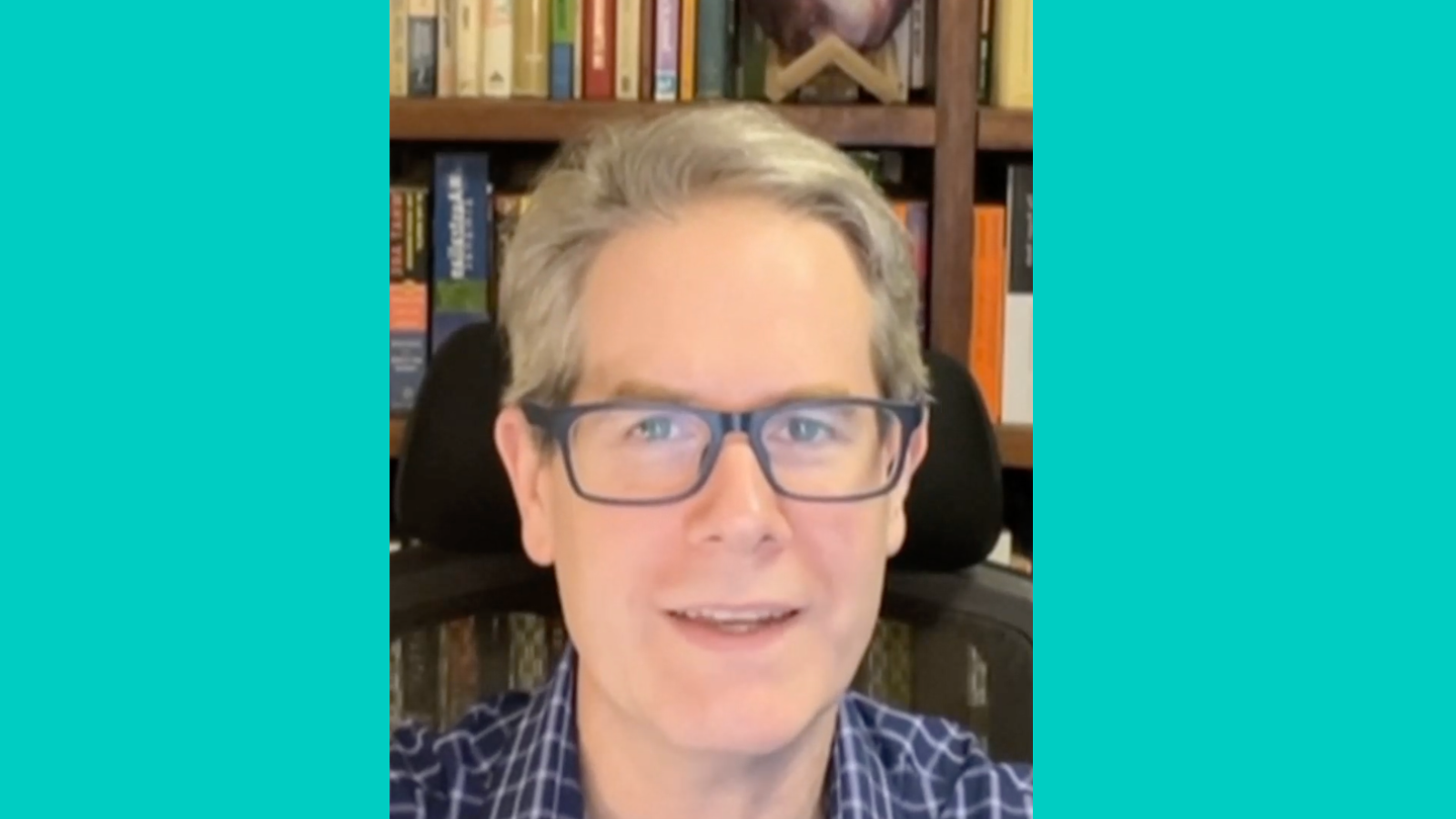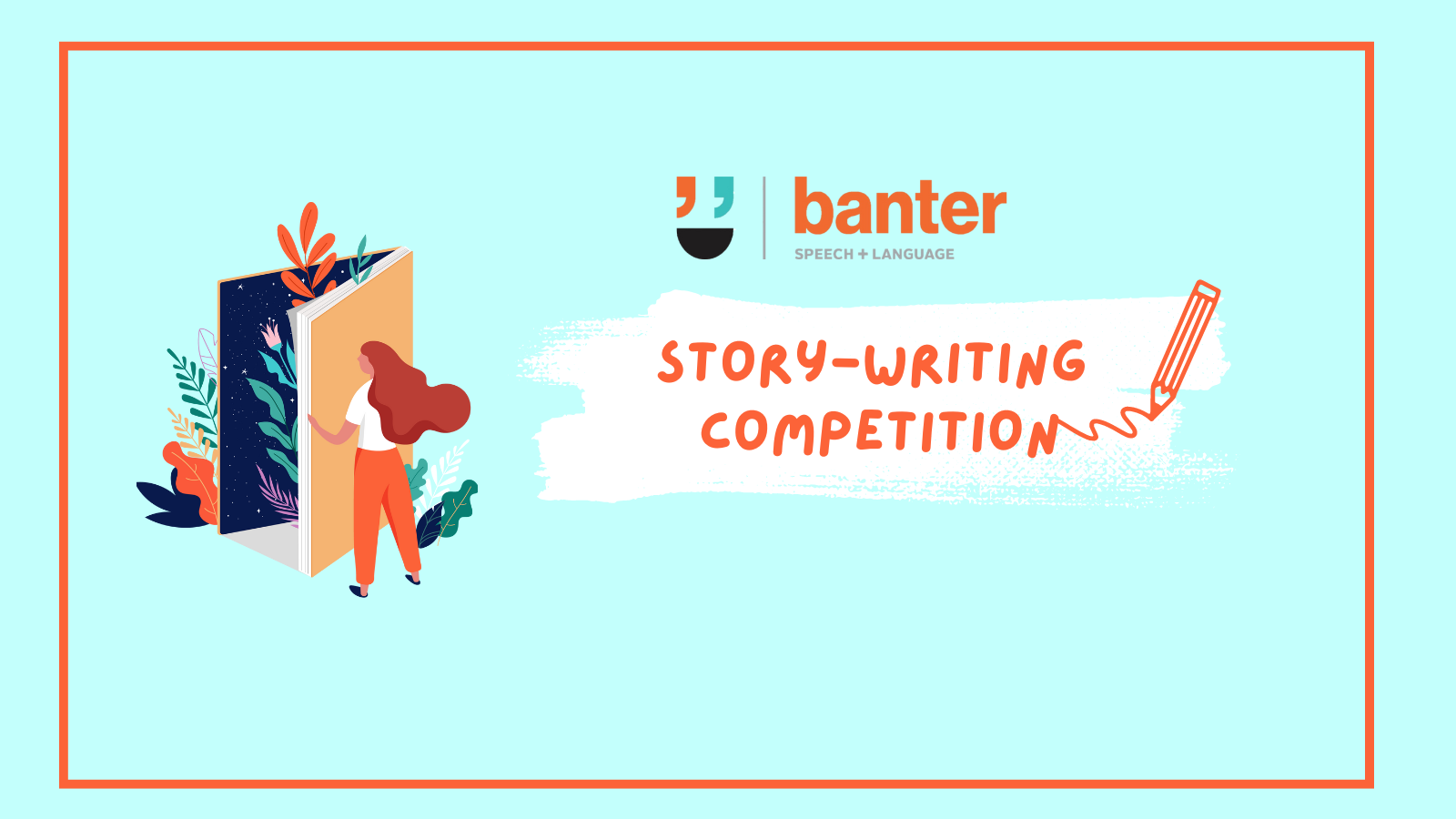How I teach the extended code
Once beginners have learned the basics of word reading (basic code, blending and segmenting, short vowel spotting, inflectional morphemes, split vowel digraphs, vowel-and affix-based strategies to decode long words), they’re ready to step up to the extended code.
To read words that include the extended code, beginners benefit from sequenced, cycled, and spaced repetition. They also benefit from listening, speaking, reading and writing practice. Here’s how we do it:
- Start with a tried and tested extended code sequence.
- Listen and say the sounds.
- Read texts – while also working on fluency.
- Spell words and write sentences.
- Once isn’t enough. You need to cycle through the sequence using different materials.
- In parallel – but separately – make sure beginners are listening to adults read high quality stories and non-fiction texts.
Download our free extended code resource “I really, really need a jeep“: a silly <ee> <ea> sentence story workout here.
Related resources:
- Letter-sound video models for beginning readers (basic and extended code)
- I really, really need a jeep: a silly <ea> <ee> sentence story workout
- Listen then write: daily sentence dictation practice
- The Scatter-Slayer Adventures Book 1: Don’t stay! Be Afraid
- Classic audiobook resource pack for children in Kindergarten and Year 1

Hi there, I’m David Kinnane.
Principal Speech Pathologist, Banter Speech & Language
Our talented team of certified practising speech pathologists provide unhurried, personalised and evidence-based speech pathology care to children and adults in the Inner West of Sydney and beyond, both in our clinic and via telehealth.








